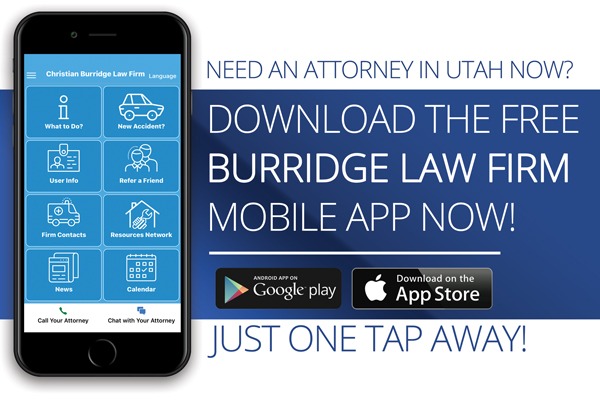As experienced personal injury attorneys in Utah, we often encounter clients who are unsure about the time limits for filing negligence claims. This guide will help you understand the Utah statute of limitations for personal injury cases based on negligence and why timely action is crucial.
What is Negligence?
Negligence is a legal concept that forms the basis of many personal injury claims. It occurs when someone fails to exercise reasonable care, resulting in harm or injury to another person. Examples include:
- Car accidents due to reckless driving
- Slip and fall incidents due to property owner’s negligence
- Medical errors due to a healthcare provider’s carelessness
The Statute of Limitations for Negligence Cases in Utah
In Utah, the general statute of limitations for negligence-based personal injury cases is four years from the date of the injury. This means you have four years from the date of the incident to file a personal injury lawsuit in Utah.
However, it’s important to note that this timeframe can vary depending on the specific circumstances of your case.
Exceptions and Special Considerations
- Medical Malpractice: The deadline for filing medical malpractice lawsuits in Utah is generally two years from the date the injury was discovered or should have been discovered, but no more than four years from the date of the medical error.
- Claims Against Government Entities: If your negligence claim is against a government entity in Utah, you must file a notice of claim within one year, and the lawsuit must be filed within one year after the claim is denied.
- Product Liability: Claims based on defective products have a two-year statute of limitations in Utah.
- Wrongful Death: If negligence results in death, the wrongful death claim Utah timeline is two years from the date of death.
Why the Statute of Limitations Matters
- Legal Rights Preservation: Filing after the statute expires may result in your case being dismissed, regardless of its merit.
- Evidence Preservation: Acting promptly helps preserve crucial evidence for your case.
- Witness Testimony: Witnesses’ memories fade over time, making their testimonies less reliable as time passes.
The Discovery Rule in Negligence Cases
Utah law recognizes the “discovery rule,” which can extend the statute of limitations in certain circumstances. This rule applies when:
- The victim did not discover (and could not reasonably have discovered) the injury within the standard limitation period.
- The defendant concealed the wrongful act.
- Exceptional circumstances exist that would make applying the general rule unjust.
Steps to Take if You’ve Been Injured Due to Negligence
- Seek medical attention immediately.
- Document everything related to your injury and treatment.
- Gather evidence, including photos, witness information, and accident reports.
- Consult with a personal injury attorney as soon as possible.
The Importance of Acting Quickly
While the Utah statute of limitations for personal injury provides a window of time to file your claim, it’s crucial to start the process as soon as possible. Early action allows your attorney to:
- Thoroughly investigate your case
- Gather and preserve evidence
- Interview witnesses while their memories are fresh
- Navigate any complexities that might arise in your case
Don’t let the statute of limitations expire on your negligence claim. If you’ve been injured due to someone else’s negligence in Utah, contact our experienced team today for a free consultation. We’ll help you understand your rights and ensure your claim is filed within the appropriate timeframe.
Remember, when it comes to filing a personal injury lawsuit in Utah, time is of the essence. Don’t delay in seeking the compensation you deserve.
Keywords: Utah statute of limitations personal injury, Filing personal injury lawsuit Utah, Medical malpractice deadlines Utah, Wrongful death claim Utah timeline, Government immunity injury claims Utah



